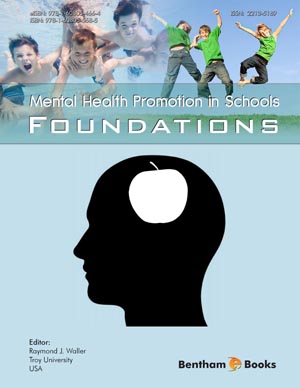Abstract
In response to the momentous challenges schools face in meeting the diverse and growing needs of students, many schools have expanded their school improvement priorities beyond academic learning. Health and social services, youth development, parent/family engagement, and community partnership development are four additional school improvement pathways of growing importance. Many schools also are focusing on how these priorities are addressed in the out-of-school time hours, particularly as a way to complement and extend learning and development that occurs during the hours of the school day. Extracurricular activities are examples of out-of-school time opportunities provided by many schools that can have an important impact on school priorities and student success. The purpose of this chapter is to highlight how extracurricular activities can contribute to these five school improvement pathways. Data collected from 21st Century Community Learning Centers from Ohio are provided as an example. Implications for school leaders and practitioners in relationship to maximizing the impact of extracurricular activities on school priorities and student success also are shared.
Keywords: School improvement, student success, academic learning, mental health, extracurricular activities, non-academic barriers, parent/family engagement, community partnerships, 21st century community learning centers, youth development, out-of-school time, resource assessment, leadership, referral systems, School-family-community partnership coordinator, single point of contact, school-based strategies, school-linked strategies, community-based strategies, design strategies.












